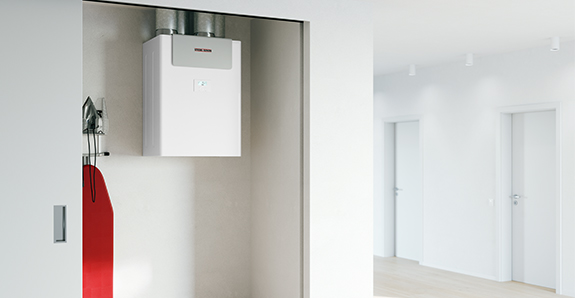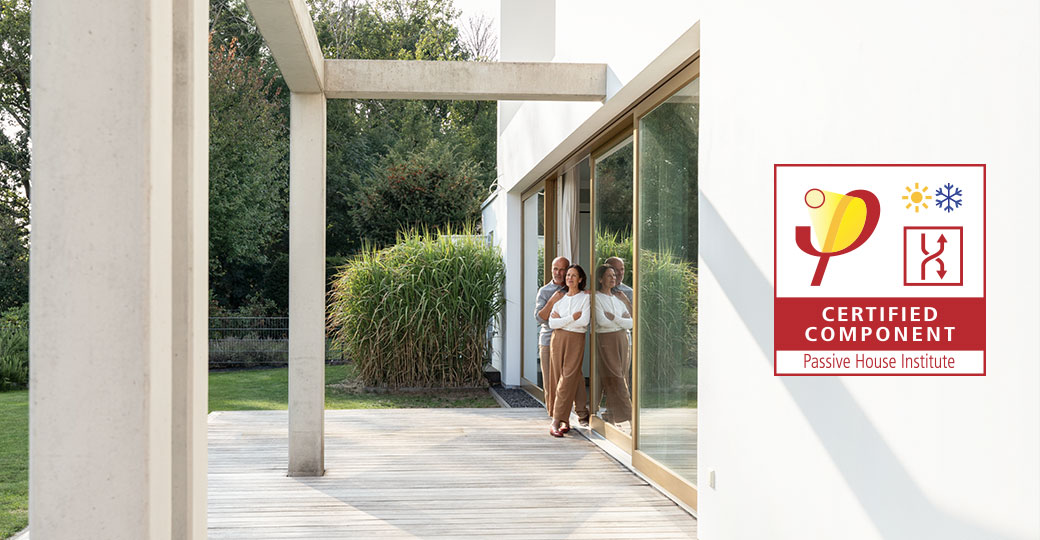Ventilation
Discover the Importance of Ventilation
In today's modern homes, energy efficiency is a top priority, and our houses are designed to be incredibly airtight, minimising energy loss. This is especially true for low-energy houses, where an airtight building envelope is a key feature aimed at preventing heat from escaping. While this is a great energy-saving strategy, it comes with a crucial challenge – the lack of natural airflow.
Even in older homes, ventilation can be a pressing issue. With the addition of thermal insulation measures, the once permeable spots like gaps in windows and doors are sealed off, reducing the inflow of fresh outdoor air. This creates a dilemma, balancing effective thermal insulation with the need for a constant supply of fresh air. The solution lies in the implementation of mechanical ventilation systems.
The growing air-tightness of our homes, whether new or recently renovated, underscores the importance of consistent air circulation. This circulation is essential not only for maintaining a healthy indoor environment but also for preventing issues like mould growth and structural damage. Relying solely on opening windows for ventilation proves impractical - achieving an energy-efficient and hygienic air exchange would require frequent opening of windows throughout the day, often with the heating system turned off, which is hardly feasible.
Benefits of Proper Ventilation
- Enhanced Indoor Air Quality
- Reduction of Harmful Emissions
- Improved Comfort Levels
- Prevention of Moisture-Related Damage
- Lower Energy Consumption




